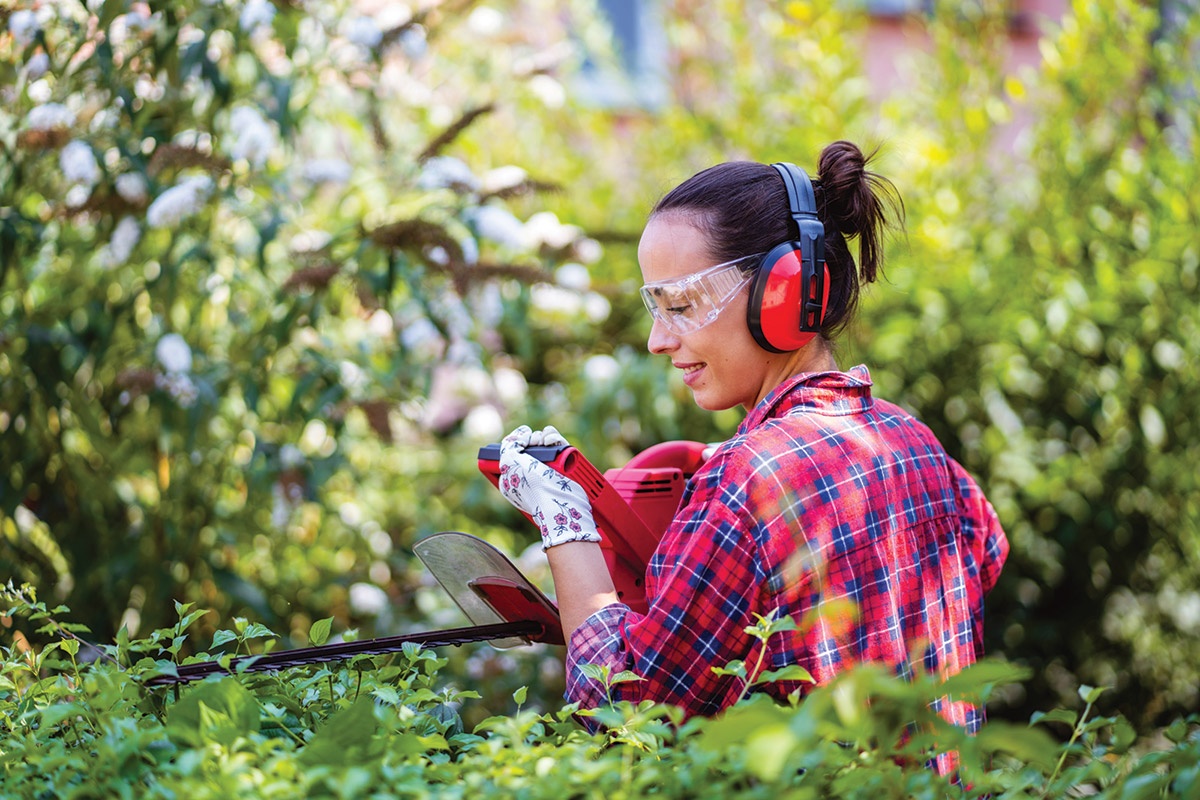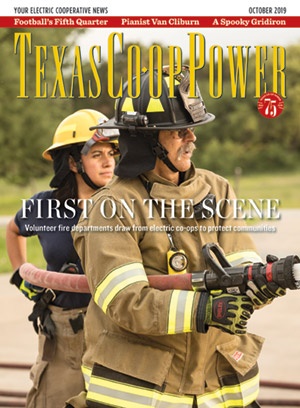October isn’t just National Cooperative Month. It also marks National Protect Your Hearing Month. Though perhaps not the most glamorous of topics, noise-induced hearing loss—and its prevention—are important public health concerns, especially since the condition’s ill effects are permanent.
As many as 24% of U.S. adults younger than 70 may have hearing loss in one or both ears from exposure to loud noise. Because the damage is often cumulative, the gradual pace of hearing loss can cause it to go unnoticed until symptoms become pronounced. Sounds might become distorted or muffled, or it might be difficult to understand conversations in person or on TV. Here is a primer on the categories of risk to help you gauge the auditory safety of your surroundings.
Sounds of up to 70 decibels are typically considered safe for any duration. A quiet barn, for example, is about 50 decibels, while most conversation occurs at around 60 decibels. A chicken coop is typically around 70.
Prolonged exposure to any noise at or above 85 decibels is where the risk of gradual hearing loss begins. A tractor with an enclosed cab or a crowded school cafeteria are good benchmarks for that level. The noise from a lawn mower is usually around 90 decibels.
No more than 15 minutes of unprotected exposure to sounds at or above 100 decibels is recommended. A tractor without a cab falls in this category, as would the noise from a woodshop.
Finally, regular exposure of more than one minute at or above 110 decibels risks permanent hearing loss. A chain saw registers 110 decibels, and a shotgun firing could top 150.
The best way to protect your hearing is to move away from the noise or wear hearing protection, such as earplugs or earmuffs. Remember, the louder a sound is and the longer you listen to it, the more harmful it can be.


